Exploring the Diverse World of Tractors and Farm Equipment in Agriculture
Agriculture is a vast and dynamic industry, relying on a wide range of machinery to ensure efficient crop production and livestock management. Among the most essential pieces of equipment are tractors, which come in various types, each designed for specific tasks. Alongside tractors, numerous other farm equipment play crucial roles in different agricultural operations. Understanding what are different types of tractors, what are the different farm equipment, what are the uses of tractor, and what are the uses of tractor in agriculture is key to grasping the complexity and importance of modern farming.
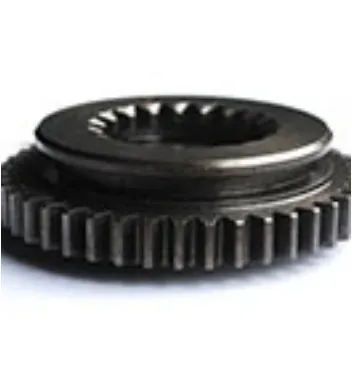
Unveiling the Varied Types of Tractors
When delving into what are different types of tractors, one quickly realizes the diversity that exists to meet the multifaceted needs of farming. Utility tractors are perhaps the most common and versatile type. These tractors are designed to handle a wide array of tasks on the farm, from plowing and tilling fields to pulling various implements such as seeders, sprayers, and wagons. Their power and adaptability make them a staple on medium to large - sized farms, where they can be used throughout the entire crop cycle.
Compact tractors, on the other hand, are ideal for smaller farms, orchards, and vineyards. Their smaller size allows them to navigate narrow rows and tight spaces with ease, making them suitable for tasks like mowing, pruning, and light tillage. Despite their smaller stature, many compact tractors still offer sufficient power to handle a variety of attachments, providing farmers with flexibility in their operations.
Row - crop tractors are specifically engineered for row - based agriculture, such as growing corn, soybeans, and vegetables. These tractors feature wide wheel spacing and adjustable tracks, enabling them to straddle rows without damaging the crops. They are often equipped with advanced precision - farming technologies, allowing for accurate planting, fertilizing, and spraying within the rows, optimizing crop yields.
Specialty tractors represent another category, tailored for unique farming requirements. For instance, crawler tractors, with their continuous tracks, are well - suited for working in muddy, wet, or hilly terrains where traditional wheeled tractors might struggle with traction. Orchard tractors are designed to operate in low - clearance environments, with features like low - profile designs and narrow widths to move easily between fruit trees.
The Array of Farm Equipment Complementing Tractors
In addition to tractors, what are the different farm equipment is a question that encompasses a broad spectrum of machinery vital to agricultural success. Plows are among the oldest and most fundamental pieces of equipment. Moldboard plows turn over the soil, burying crop residues and weeds, and creating a fresh seedbed. Disc plows, with their circular discs, are better suited for breaking up tough, dry soil and are often used in regions with challenging soil conditions.
Harvesters are essential for gathering crops at the end of the growing season. Combine harvesters are highly sophisticated machines that can cut, thresh, and clean grain crops like wheat, barley, and rice in a single pass, significantly increasing harvesting efficiency. For fruits and vegetables, specialized harvesters are used, such as apple pickers and potato harvesters, which are designed to handle the specific characteristics of each crop.
Irrigation equipment is crucial in areas where water availability is limited or inconsistent. Drip irrigation systems deliver water directly to the plant roots, minimizing water waste and ensuring that crops receive the right amount of moisture. Sprinkler systems, on the other hand, distribute water over a larger area, simulating rainfall. These systems can be connected to tractors for easy movement and adjustment across the fields.
Livestock - related equipment also forms an important part of the farm machinery lineup. Feed mixers are used to blend various feed ingredients for livestock, ensuring a balanced diet. Milking machines automate the milking process in dairy farms, increasing productivity and reducing the labor required. Hay balers are used to collect and bale hay, making it easier to store and transport for feeding livestock during the winter months.
The Wide - Ranging Uses of Tractors in Agriculture
The question of what are the uses of tractor and what are the uses of tractor in agriculture can be answered through their numerous applications throughout the farming process. At the beginning of the growing season, tractors are used for land preparation. They pull plows, cultivators, and tillers to break up the soil, remove weeds, and create a suitable seedbed. This helps improve soil structure, allowing seeds to germinate and roots to grow more easily.
During the planting stage, tractors are attached to seed drills and planters. These implements accurately place seeds at the right depth and spacing, ensuring uniform crop emergence. Tractors also play a vital role in crop maintenance. They can be used to pull sprayers for applying pesticides, herbicides, and fertilizers, protecting the crops from pests, diseases, and nutrient deficiencies.
As the crops grow, tractors are used for tasks like mowing grass in pastures, managing irrigation systems, and moving equipment and materials around the farm. When it's time for harvesting, tractors can pull trailers and wagons to transport the harvested crops from the fields to storage facilities or processing plants. In livestock farming, tractors are used to haul feed, move livestock, and maintain barns and pastures.
FAQs about Tractors and Farm Equipment
How to Choose the Right Tractor for a Farm?
Selecting the appropriate tractor depends on several factors. First, consider the size of the farm and the types of tasks it will be used for. A small - scale hobby farm may only require a compact tractor, while a large commercial farm will need a more powerful utility or row - crop tractor. Evaluate the terrain of the farm; if it has slopes or wet areas, a crawler or four - wheel - drive tractor might be necessary. Also, take into account the availability of attachments and implements that are compatible with the tractor, as this will determine its versatility.
Maintenance Tips for Farm Equipment
Regular maintenance is essential to keep farm equipment in good working condition. For tractors, this includes routine oil changes, filter replacements, and checking tire pressure. Lubricate moving parts regularly to prevent wear and tear. For other equipment like harvesters and plows, inspect blades and cutting edges for damage and sharpen or replace them as needed. Clean equipment after each use to remove dirt, debris, and chemical residues, which can cause corrosion over time.
Can One Tractor Handle All Farm Tasks?
While some tractors are highly versatile, it's unlikely that a single tractor can handle all farm tasks efficiently. Different tasks require specific features and attachments. For example, a tractor used for plowing may not be the best choice for precision - spraying in a row - crop field. However, having a combination of tractors with a variety of attachments can cover a wide range of operations, providing flexibility on the farm.
What Are the Latest Technological Advancements in Tractors and Farm Equipment?
The agricultural industry is constantly evolving with new technologies. Tractors now come equipped with advanced GPS and precision - farming systems, allowing for accurate guidance, automated steering, and variable - rate application of inputs. Many modern farm equipment, such as combines and sprayers, are also connected to digital platforms, enabling farmers to monitor performance, collect data, and make informed decisions. Additionally, there is a growing trend towards the use of electric and hybrid tractors, which are more environmentally friendly and offer potential cost savings in the long run.
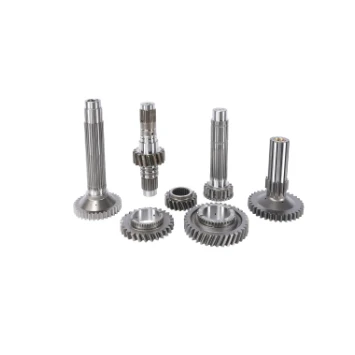
The agricultural and industrial machinery sector is experiencing remarkable growth, and at the heart of this expansion lies the trade and supply of tractors.
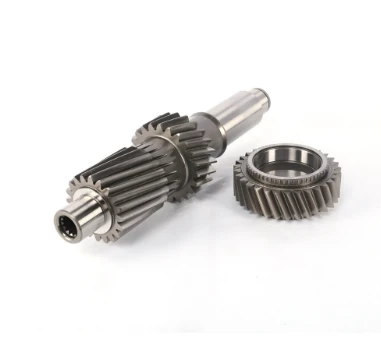
In the world of heavy - duty construction, the seamless operation of machinery is crucial for large - scale projects.
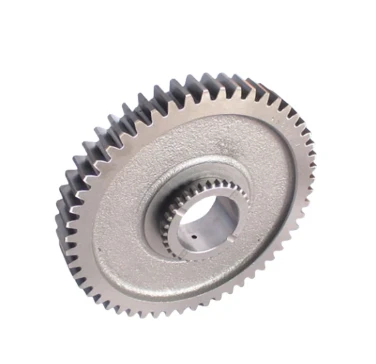
The world of tractors is vast and varied, catering to both practical agricultural needs and the passionate interests of collectors.
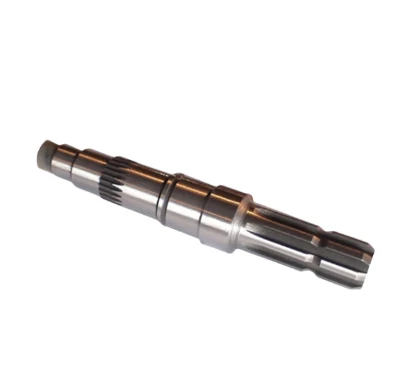
The agricultural and construction machinery landscape is constantly evolving, with tractors standing as essential workhorses for a variety of tasks.
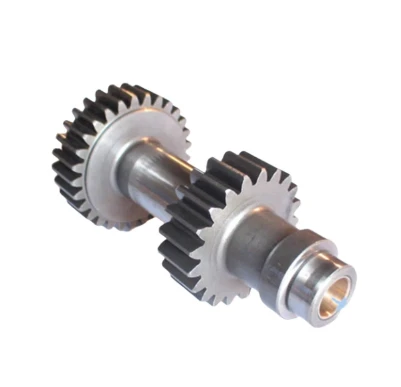
In the intricate world of mechanical engineering, gears are fundamental components that enable the seamless transfer and manipulation of power.
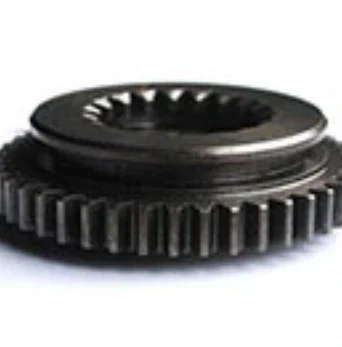
The market for tractors is a bustling hub, catering to a wide range of needs from large - scale farming operations to small - scale gardening projects.
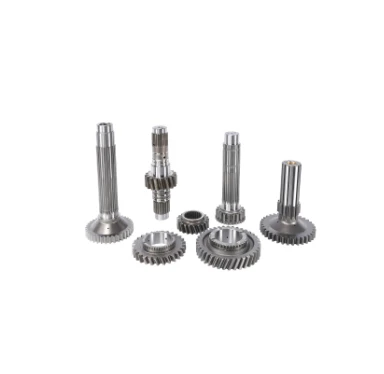
In the dynamic world of farming, machinery has become an essential part of efficient and productive operations.
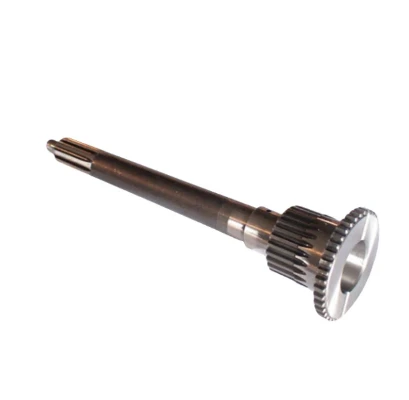
In the expansive realm of agriculture, various tools and machines play crucial roles in ensuring efficient crop production and overall farm management.
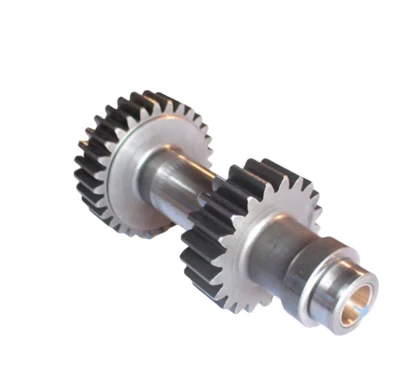
Tractors are essential workhorses in the agricultural and construction sectors, playing a pivotal role in a wide range of tasks.
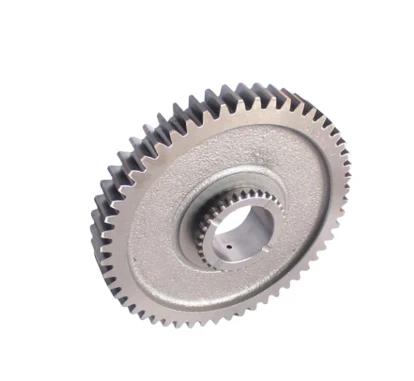
The agricultural and construction sectors rely heavily on tractors for their operations, and the entities involved in the production, distribution, and pricing of these machines shape the industry's trajectory.
International layout
Spread all over the world
our products are exported to various parts of the world. Currently, our products have been exported to more than 40 countries Our products cover Asia, Europe, Africa, South America, North America, and Oceania
Sign up
for Newsletter
Subscribe to the weekly newsletter for all the latest updates







